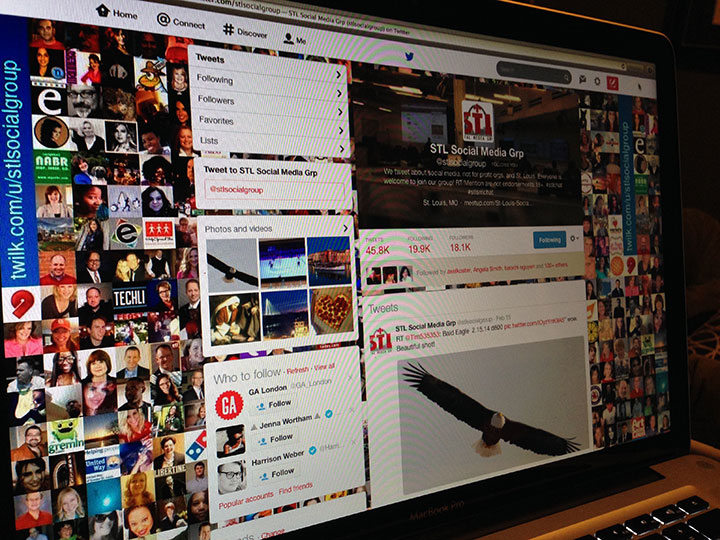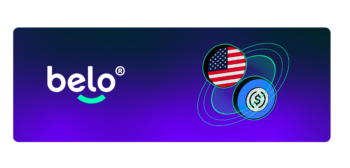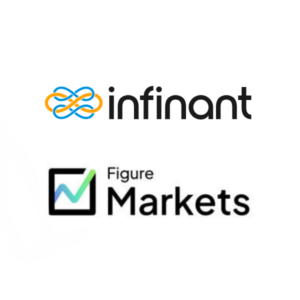There have been many successful Twitter engagements that resulted in marriage. I’d like to take a minute to congratulate those couples and wish them a happily ever after (online and offline). But, that’s not what I’m talking about here… Today, we’re talking about Twitter engagement in the sense of interactions. Let’s start with the science part.
The Science:
Science in this context is the pure “how to” manual. For example, how do you send a tweet? How do you respond to a direct message? How do you add a follower to a Twitter list? Twitter is popular because it is simple and user friendly. Also, there is no shortage of applications that help you operate, manage, and track your Twitter engagement. I highly suggest you use these applications as they are easy to learn. Yes, I’ll say it: The science of social media is easy to learn and master. After all, Twitter and most of these applications (at least the popular ones) have an easy to use and intuitive interface. Sign up for an account if you don’t have one, and start tweeting! Just be sure to follow these tips!
Twitter Engagement: Be Professional
The art of Twitter engagement is about being professional, nice, helpful, and cheerful. If you could imagine for a second that every tweet is an email you are going to send to your manager. Wouldn’t you think twice about how you phrase it? I’m sure you would refrain from using profanities and I’m also confident that you would be professional in your choice of words. You may also run it through a spell check to make sure it does not include grammatical errors.
If we continue with the same email analogy, once your manager replies asking for more information or clarification, I’m sure you will attempt to reply back to her promptly. You should treat Twitter interactions with other people the same way you would reply to your manager’s email. You should strive to promptly reply to tweets directed to you whether they are comments, compliments, or questions. To take the “manager email” analogy a bit further, your email can potentially be read by over 200 million managers. Those 200+ million “managers” are actually the number of active users on Twitter. Therefore, it behooves you to think before you tweet or post.
Now, Be Friendly…
Being professional is good but it is not good enough. Being nice is taking social media engagement to the next level. Treat your Twitter followers as you would treat your friends. Make sure your Twitter friends know that you appreciate them. Thank them for their compliments, retweets, and favorites. Congratulate them for their happy occasions (i.e. engagement, wedding, birthday…) and sympathize with them for their sad or unfortunate events.
A Twitter friend mentions that his or her birthday is approaching. Consider taking note of that and be the first one to wish them a happy birthday. I can assure you they will be delighted at the nice gesture. Another friend is having surgery on Monday. How about you tweet to check in with him before and after the surgery? A follower that you haven’t tweeted with for years is not a friend; he or she is just a number. Just as we all reconnect with friends we haven’t seen in while, we also need to remember to reconnect with our Twitter friends. These small actions have big impacts on your relationships. After all, one can’t go wrong with being nice on Twitter or any social media network for that matter.
Scalability
“I have over 5,000 followers. How do you expect me to be friends with all of them?” The question of scalability is an important one. Most users don’t need fancy or expensive software to scale their twitter interactions. It can be addressed with a simple Twitter feature. You can use Twitter lists to organize your followers into categories. My suggestion is to narrow the list as much as possible but not too narrow. “High school friends” is an example of a good list/category but splitting the list into high school math friends, high school music friends, and high school biology friends is too narrow. Also make sure your lists are not too wide. For example, “St. Louis friends” could potentially refer to about 3 million people living in the St. Louis metro area. Thankfully, the current Twitter list maximum is 5,000 accounts per list. Therefore, you should break your list into more specialized lists: “St. Louis digital marketers,” “St. Louis Doctors,” “St. Louis Balloon Blowers” and so forth. Using lists will allow you to quickly tune in on conversations regarding a specific topic of interest or an upcoming event. Perhaps “St. Louis digital marketers” are tweeting about an upcoming social media conference. I hope you will be the one to tell them all about it!
Twitter Lists:
So you made a new Twitter connection and you are nice enough to say: “Thank you for connecting with me.” You also added them to a Twitter list, “Underground UFO society members”… now what? Now it is time to start transforming that connection into a relationship. Relationships are built on honesty, trust, and transparency. For example, when you automatically send a direct message to your new followers requesting that they check out your blog, buy your product, or recommend your service, you are not being honest about your true motive for connecting with them.
If you exchanged business cards with another professional, you do so under the assumption that you won’t get spam email from them the next day. The interactions should be focused on being helpful by providing value for the newly established connections. While you might think your blog is the best thing that happened since sliced bread, your new friends might be more interested in knowing the current #STLCards score. They might ask: What’s the best management book? Why the local bakery – where they bought cupcakes every day – is now closed? Did they relocate and where? You get the idea…
Be Cheerful:
Being cheerful is essential on social media. The saying is “Misery Loves Company,” but I believe we are all attracted to happy people. We want to be around people that make us laugh and have fun. Being cheerful is important because when we take ourselves too seriously, we become robots and lose that human touch. Share a happy occasion with your followers. Every now and then, share a (safe) joke with us. Why not tweet a silly picture of your pet?
No Ranting:
As much as it is important to be cheerful, it is equally important to avoid venting, ranting, or raging on any social media network. I understand we all go through rough patches or a “long day at work,” however; Twitter, Facebook, and LinkedIn are not the best places to air your grievances. As a matter of fact, if you are irritated, upset, or ANGRY I highly recommend you stop tweeting and slowly step away from the keyboard! Over the years I have written many tweets – most are good, few are not so good – but I can proudly say some of my best tweets are the ones I didn’t send. I stopped myself from tweeting at a moment when I was upset and not clearly seeing the potential impact of an angry tweet.
If “Twitter Engagement” were a school course, then I would like it to be taught under the art/humanities department rather than the science/engineering department. After all, social media engagement is more than a science…It is the human touch that is often expressed through art.
What do you think? Anything that I missed? How can you apply this to your startup? Tweet me your thoughts @stlsocialgroup and let’s discuss! We’ll also be diving into this topic more tonight on our #stlchat. Here’s more information on how you can join us from 8:00 – 9:00 p.m. Central tonight.







